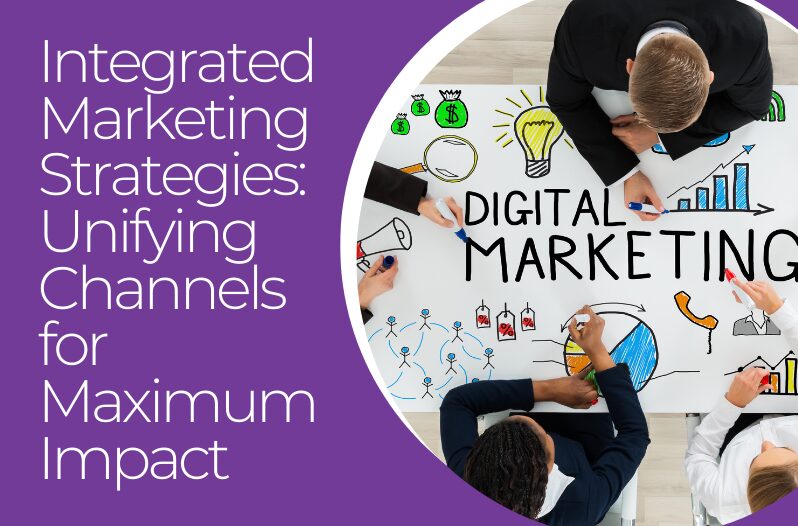Imagine walking into a store and within minutes feeling irresistibly drawn to a product you didn’t even know you wanted. Or scrolling through an online ad that somehow feels like it was crafted just for you. These experiences aren’t random—they’re the result of neuromarketing, a fascinating blend of psychology and marketing science designed to tap into the core of human decision-making.
As marketers, business leaders, or even curious consumers, understanding neuromarketing gives us a window into how emotions, cognitive biases, and subconscious triggers drive buying behaviours. From the colours that spark urgency to the stories that build trust, every element of a successful campaign leverages psychological insights to create genuine connections and influence actions.
Neuromarketing combines neuroscience and marketing to understand how consumers’ brains respond to stimuli. By studying brain activity, marketers can craft campaigns that:
- Evoke Emotions: Emotional responses drive up to 95% of buying decisions.
- Tap into Subconscious Cues: Many decisions happen without conscious thought.
- Strengthen Brand Connections: Aligning with customer values fosters loyalty.
Key Principles of Neuromarketing
The Power of Emotion :
People buy based on feelings and justify with logic.- Application: Use storytelling, vivid imagery, and relatable characters to evoke emotions.
The Role of Colours :
Colours influence mood and perception.- Application:
- Red: Creates urgency (think sales and discounts).
- Blue: Evokes trust and calm (common in banking and tech).
- Yellow: Grabs attention and signals optimism.
- Application:
Social Proof :
People trust the actions and opinions of others.- Application: Include testimonials, reviews, and user-generated content in your campaigns.
Scarcity and Urgency :
Limited availability creates demand.- Application: Highlight time-sensitive offers or exclusive deals.
Anchoring Effect :
The first piece of information influences perception.- Application: Show premium options first to make other choices seem more affordable.
Practical Strategies to Use Neuromarketing
Craft Engaging Stories
- Stories activate more areas of the brain than plain facts.
- Example: Highlight how your product solved a real-life problem for a customer.
Optimise User Experience (UX)
- Simplify navigation and make purchasing effortless.
- Use clear CTAs (e.g., “Buy Now”) and ensure fast-loading pages.
Leverage Personalisation
- Personalised ads or emails feel more relevant and engaging.
- Tools like AI can help tailor content to individual preferences.
Incorporate Visual Cues
- Faces in images naturally draw attention to key areas of a webpage.
- Directional arrows guide users’ eyes towards key content.
Test and Measure
- Use A/B testing to see how different designs, colours, or messages perform.
- Analyse data to refine strategies.
Ethical Considerations in Neuromarketing
While neuromarketing is powerful, it must be used responsibly:
- Respect Privacy: Avoid intrusive tracking or manipulation.
- Focus on Value: Deliver genuine benefits rather than exploiting vulnerabilities.
- Be Transparent: Clearly communicate intentions and build trust.
Real-World Success Stories
Coca-Cola’s Emotional Appeal
- The brand’s “Share a Coke” campaign personalised bottles with names, sparking emotional connections and boosting sales globally.
Amazon’s Scarcity Tactics
- By showing “Only 3 left in stock,” Amazon leverages urgency to drive faster purchase decisions.
Apple’s Minimalist Design
- Apple’s clean, intuitive user interfaces reduce cognitive load, making it easier
Neuromarketing is not about manipulation; it’s about understanding human behaviour and designing campaigns that genuinely connect with your audience. By leveraging psychological insights ethically, you can create marketing that is both impactful and meaningful.
Ready to transform your approach? Start using neuromarketing today and see your campaigns captivate, influence, and convert like never before.




